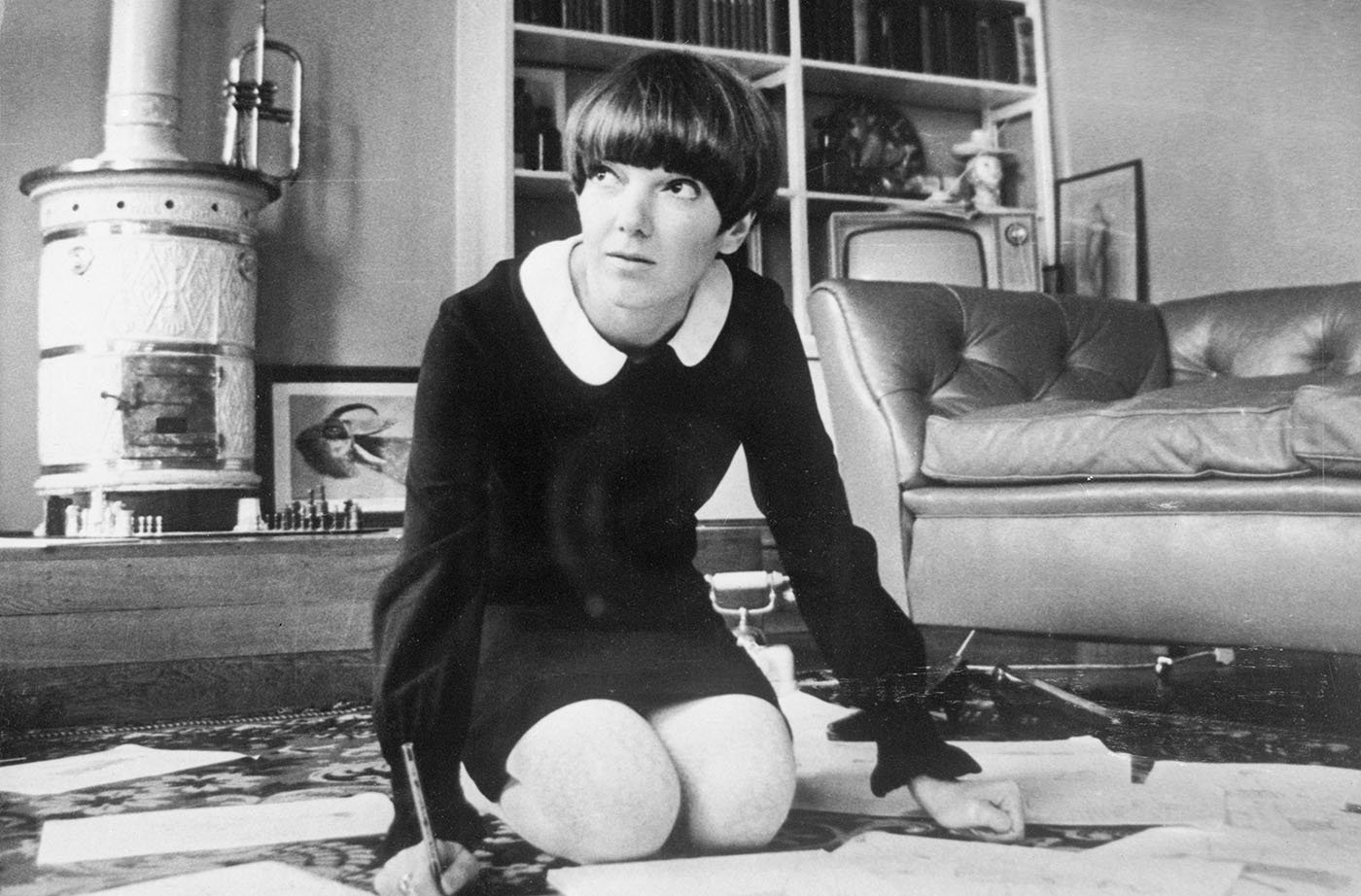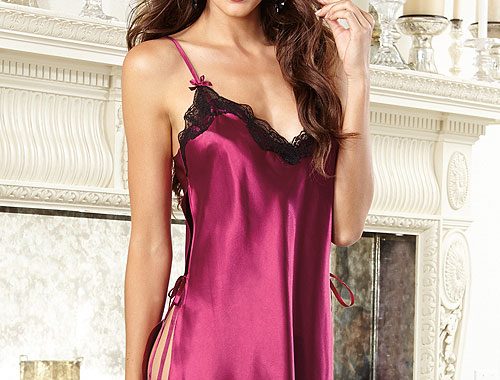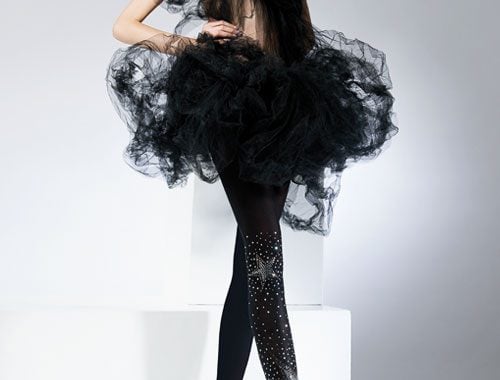In Memory Of Mary Quant

Mary Quant is a name that resonates with every fashion enthusiast. A true icon in British fashion, Dame Mary Quant’s contributions to the industry are immeasurable. She was not only an inventor and pioneer of innovative clothing, but also a founding member of new fashion movements. Her visionary designs came to define the “Swinging Sixties” in the British fashion scene. Breathing new life into the Renaissance of British fashion and influencing global style trends.
Tragically, on April 13, 2023, Mary Quant passed away. She died peacefully at the age of 93 in her home in Surrey, England. As we reflect on the remarkable life of this fashion titan, let’s take a stroll down memory lane. Here are some of the best moments and highlights of her illustrious career.
Mary Quant And Her Early Life
Mary Quant, born on February 11, 1930 in Woolwich, London, had a unique personal history. Her parents, Jack Quant and Mildred Jones, were both proud Welshmen from mining families. Despite their humble backgrounds, Mary’s parents showed great promise in school. They received scholarships to grammar schools, which are prestigious educational institutes in Britain for the gifted but disadvantaged. These are not to be confused with public schools where tuition is paid for a good education. They later achieved first-class degrees at Cardiff University. And then they moved to London to work as schoolteachers.
Mary had a younger brother named John Antony Quant. He went on to become an officer in the Royal Air Force. During their childhood, Mary and John were among the children evacuated to the countryside during the London Blitz. As a result, Mary spent part of her early years living in the serene countryside of Kent, away from her parents.
Getting Her Education
Following the end of World War II, Quant enrolled at Blackheath High School in London. Her lifelong passion for style and clothing led her to pursue a fashion education, despite initial disapproval from her parents. She enrolled at the esteemed Goldsmiths’ College in London, renowned for its excellence in design and the arts. She studied illustration and art education, graduating in 1953. While her degree was not directly related to her true passion for fashion, it provided her with a solid foundation.
After completing her degree, Quant sought an apprenticeship in a traditional sartorial business in London. There are many renowned places in the city to learn the craft of creating beautiful clothes. Most famous would be the world famous Savile Row and Jermyn Street. But she chose to apprentice with Erik Braagaard, a prestigious milliner. He was located in Mayfair on Brook Street, right next to the world-famous Claridge’s hotel.
Striking Out For Herself
After establishing her own boutique named Bazaar on London’s Kings Road, Quant initially sold other designers’ clothing in her shop. However, her bold and unique pieces quickly gained attention and she appeared in Harper’s Bazaar. Inspired by her love for bold looks, Quant decided to venture into designing her own clothing. Initially working solo with a small team of machinists, by 1966 she had expanded her operation to work with a total of 18 manufacturers to produce her dresses, tops, and hats for wider distribution. Quant’s designs broke away from the standard styles of the time, revolutionizing fashion by moving away from the drab and practical looks that lingered from the wartime era. As the 1940s gave way to the new optimism of the 1950s and 1960s, Quant’s designs epitomized the changing times.
But Quant’s impact went beyond her innovative designs. She transformed the concept of shopping by creating a total shopping experience at her boutique. Her custom environment included using music to set the mood, offering drinks to her customers, and creating a unique atmosphere in the store. She even pioneered the use of quirky window displays with models in eccentric poses, which has become commonplace in retail today. These displays often attracted crowds who would stop to admire the wacky and eccentric designs. This approach was groundbreaking in the world of clothing retail.
Mary Quant, International Sensation
Quant often expressed that the response to her designs exceeded her expectations, as she mentioned in interviews, “Within 10 days, we hardly had a piece of the original merchandise left.” During the late 1950s and early 1960s, Quant was one of only two high-end designers in London catering to young people with her unique clothing. The other designer was Kiki Byrne, who opened her boutique on the King’s Road in direct competition with Quant. This meant that for a brief period, Mary Quant was truly at the forefront of pioneering Swinging Sixties fashion in Britain.
In 1966, Quant’s groundbreaking work was recognized by a number of publications. Women’s Wear Daily, a prestigious New York magazine, named her as one of the “fashion revolutionaries.” This honor placed her in the company of renowned figures such as Edie Sedgwick, Pierre Cardin, Paco Rabanne, and even Yves Saint Laurent, further solidifying her status as a trailblazer in the world of fashion.
Inventor Of The Miniskirt And Hot Pants
Mary Quant is undeniably best known for one iconic garment. The miniskirt. While there may not be a single inventor of this fashion staple, Quant holds a strong claim as its chief innovator. She made significant alterations in the length of the skirt all at once, transforming it into a groundbreaking and influential piece that became a staple in our wardrobes. However, it was not without controversy. The miniskirt was daring, dramatic, and too sexy for the conservative fashion norms of the time. But Quant, never one to shy away from criticism, pushed ahead with her bold standards, igniting a fashion revolution.
If there’s another garment that epitomizes the swinging ’60s as much as the miniskirt, it would have to be hotpants. These are any design of very short shorts. If you’ve ever seen The Dukes of Hazzard, you would undoubtedly recognize the denim shorts worn by Daisy Duke. In fact, they are still called “Daisy Dukes” to this day. A testament to the enduring influence of Mary Quant’s creativity and her ability to capture people’s imaginations.
It’s hard to imagine that such a wardrobe staple didn’t exist before Mary Quant came along. Prior to her innovation, showing thighs or even a little peek at the bum cheek was unheard of. Shorts were modest, reaching mid-thigh at best. But Quant’s creativity and daring designs changed all that, ushering in a new era of freedom and expression in fashion. The concept of covering only what you have to cover is now commonplace.
Mary Quant And The Mods
Quant’s impact extended beyond the fashion world, permeating into popular culture. And the cultural movement she impacted the most were the Mods. Mary Quant’s influence on the Mod Scene in Britain cannot be overstated. But what is a Mod exactly? The Mod subculture, originating in London in the late 1950s, was a youth movement centred around fashion, music, and scooters. It was characterized by its modernist outlook, for which it was named. It was popularized by stylish young men who were avid listeners of modern jazz, but was influenced by music genres such as soul, rhythm and blues, ska, as well.
In the mid-1960s, the Mod subculture also adopted rock groups like The Who and Small Faces. However, clashes between mods and another subculture known as rockers became well-publicized. Despite these conflicts, Mod continued to gain popularity, and London became synonymous with fashion, music, and pop culture, earning the moniker “Swinging London” during the mid-1960s.
The Mod scene was known for its distinct fashion sense, which often featured tailor-made suits. Mary Quant’s daring and groundbreaking designs, including the miniskirt and hotpants. These were embraced by the Mod subculture and became iconic symbols of the movement. Her avant-garde creations challenged traditional notions of fashion and pushed boundaries, making her a trailblazer in the Mod scene.
A Pioneer Of British Fashion Like No Other
All designers in Britain owe a debt of gratitude to Mary Quant for her pioneering work. Her fearless experimentation with colours and patterns opened doors for creative expression in fashion. And her influence can be seen in the wide variety of tights and hosiery options available today. Mary Quant’s contributions to fashion have been truly exceptional. And her impact will be felt for generations to come. Her innovative spirit, unique designs, and trailblazing approach have made her an icon in the fashion world. And her legacy will continue to inspire and captivate fashion enthusiasts around the world.
Thank you, Mary Quant, for all that you have done. You will be greatly missed, and the world of fashion and design will be lesser without you.





